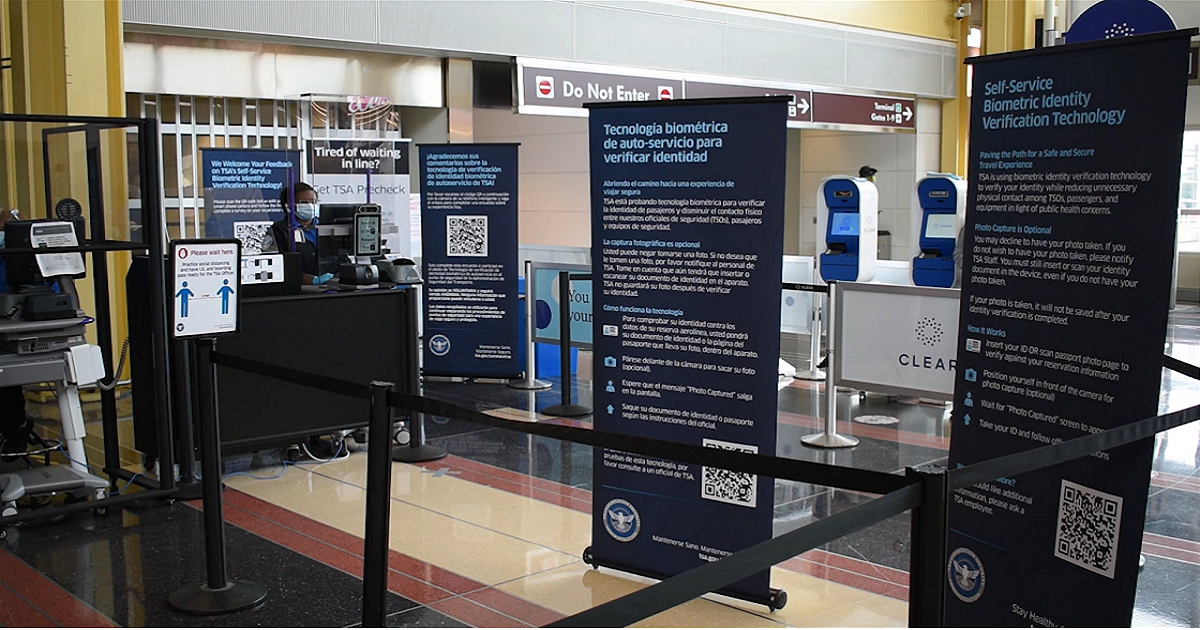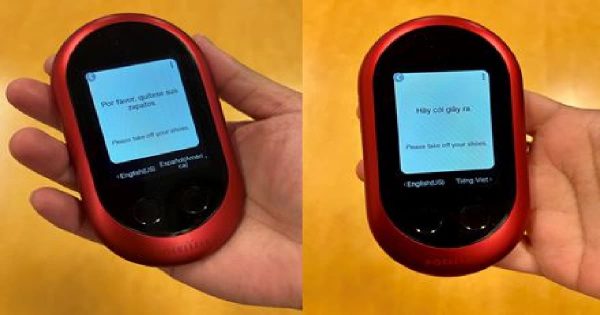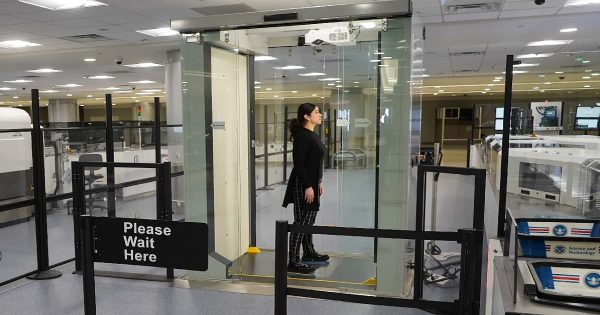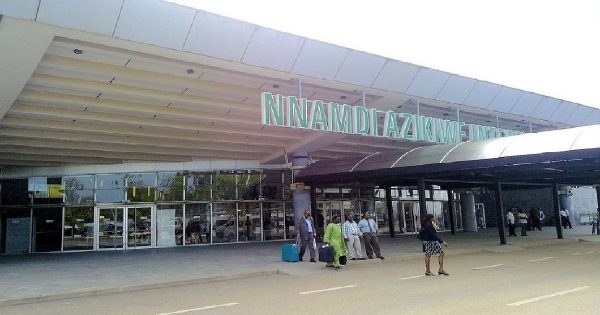The Transportation Security Administration (TSA) is piloting a touchless self-service system at Washington Regan National (DCA) that uses facial recognition to match a live picture of a passenger with the one in their ID.
The biometric system automatically authenticates a passenger’s ID, matches the live picture with the image on their ID, and confirms their flight information in near real time.
How it works
Passengers insert their ID into the scanner for authentication, rather than physically handing it to a TSA officer.
The device verifies the identity of the passenger by taking their picture and comparing it with the image on their ID.
The device displays results for face matching, ID authentication, and flight information to the TSA officer.
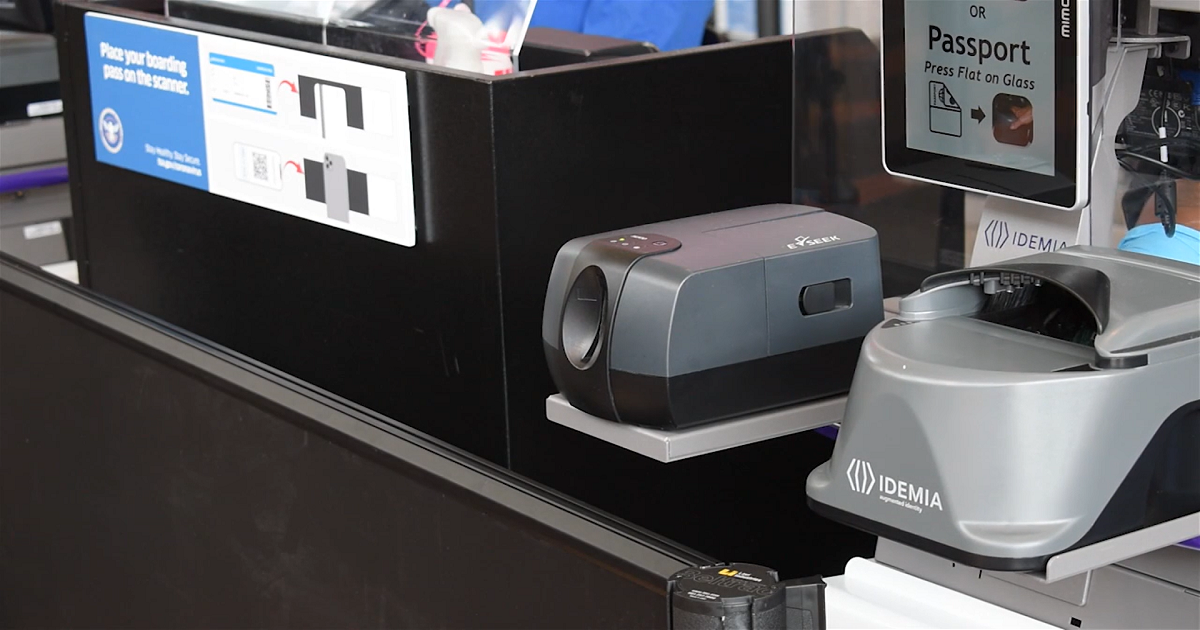
Social distancing
The system is designed to promote social distancing and reducing physical contact in two ways:
- the passenger inserts the ID into the machine
- the TSA officer is behind an acrylic shield
Previous pilot at LAS
The current pilot at DCA follows a previous 30-day test of the credential authentication technology with a camera in September 2019 at Las Vegas McCarran International Airport with volunteer TSA PreCheck passengers.
The TSA says that passengers can choose to take part in the pilot and their pictures are not saved. It says the pictures are only used to confirm that the picture matches the image on the ID and ensure the passenger is the true bearer of an authentic ID.
Signs near the checkpoint show passengers how to take part in the pilot, in addition to providing instructions on how to decline having their photo taken. Even if a passenger decides not to have their biometrics checked they still have to be scanned through the device for identity verification.
David Pekoske, TSA Administrator:
“In light of COVID-19, advanced health and safety precautions have become a top priority and part of the new normal for TSA. As a result, we are exploring rapid testing and deployment of this touchless, self-service technology.
“At the conclusion of the pilot, we expect to be able to determine how positioning the new technology will allow passengers to use it themselves thereby providing a safer checkpoint experience, while adding significant security benefits.”
N.B. Image credit: TSA
